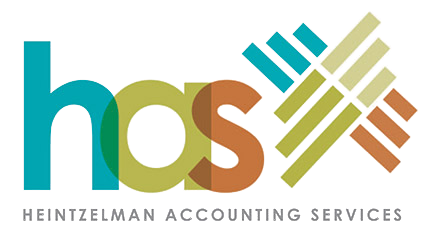After years of putting money in your 529 college savings plan, you’re ready to start taking withdrawals to pay tuition bills. Do you know the rules for keeping the withdrawals tax-free?
Here’s an overview of three types of 529 plan distributions.
- Qualified withdrawals. When you take money from the account to pay for college education expenses such as tuition, fees, books, supplies, and equipment, the withdrawals are generally tax- and penalty-free, no matter the age of the account beneficiary.
Caution: Part of the distribution may be taxable when the account beneficiary receives tax-free assistance such as a scholarship. In addition, you must coordinate 529 withdrawals with the American Opportunity Credit and Lifetime Learning Credit, as well as distributions from Coverdell education savings accounts. These rules prevent the use of the same expenses to obtain multiple tax benefits.
- Nonqualified withdrawals. The earnings portion of withdrawals that are used for anything other than qualified education expenses are taxable. You’ll also have to pay a 10 percent penalty on the earnings, unless an exception applies.
- Rollovers. You can deposit or rollover withdrawals into the 529 plan of a family member, or into another account of which you are the beneficiary. When the rollover is completed within 60 days after you take the initial distribution, it’s not taxable.
If you have questions or need help calculating 529 plan withdrawals, please call our office.


Recent Comments